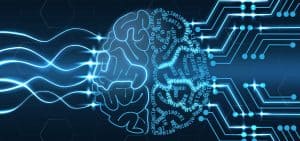
The research opens perspectives in the exploitation in AI of neuromodulation, a key mechanism in the functioning of the human brain.
We have seen profound improvements in artificial intelligence over the past decade, but general AI has remained elusive. Most deep learning platforms fail spectacularly when new conditions are added, forcing developers to manually fix them.
Researchers at the University of Liège have attempted to make an AI algorithm capable of performing tasks outside of training, using a biological mechanism called neuromodulation.
SEE ALSO: AI Advances in 2020 to Come Slow But Steady
Similar to a human brain, once the AI learns a task, it should be able to perform similar tasks at a high level. For example, if a human learns how to play the piano and then attempts to play the guitar, they should be more adept at it from the start and master it quicker.
“The novelty of this research is that, for the first time, cognitive mechanisms identified in neuroscience are finding algorithmic applications in a multi-tasking context,” said artificial intelligence professor Damien Ernst. “This research opens perspectives in the exploitation in AI of neuromodulation, a key mechanism in the functioning of the human brain.”
In the research paper, the algorithm is put through a series of navigation problems, in which adaptation is necessary. Using neuromodulation, the sub-network of the AI was able to adapt quickly to avoid obstacles in variable wind conditions.
The current crop of deep learning technologies have been labeled “too narrow” by many specialists, as some predict an AI winter may occur this decade. The ability to broaden an algorithm’s skillset could be one way to improve the likelihood of new AI technologies being developed, which could bring us one step closer to general artificial intelligence.





























